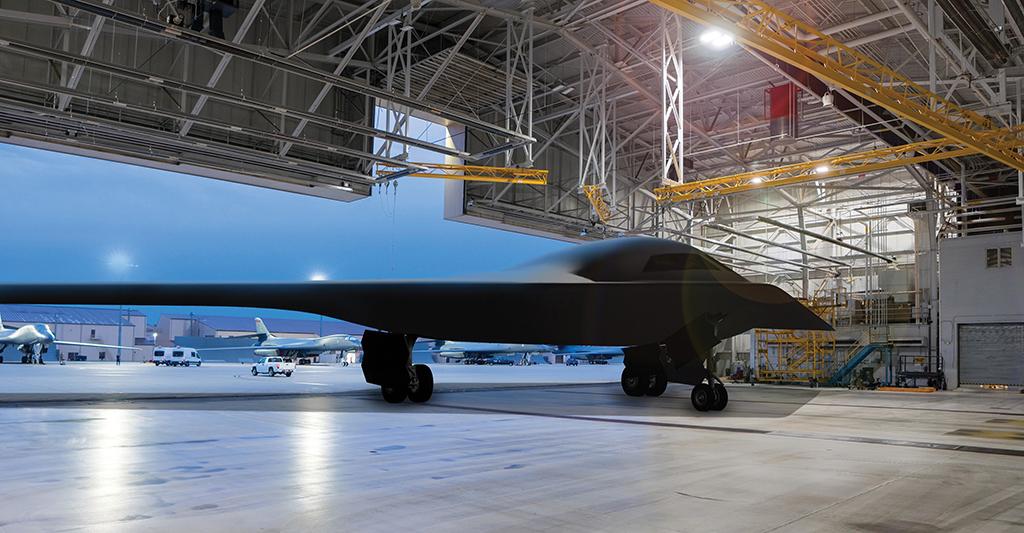
Ask the Editors: The Aviation Week Network invites our readers to submit questions to our editors and analysts. We’ll answer them, and if we can’t we’ll reach out to our wide network of experts for advice.
What’s your guess about the operating altitude of the B-21?
Defense Editor Steve Trimble responds:
The U.S. Air Force disclosed here that future B-21 pilots are not expected to use low-altitude training routes. This statement correlates with a casual analysis of the released renderings of the B-21, which reveal a trailing edge optimized for high-altitude operations.
How high? The available evidence does not give us any specific clues, but some basic assumptions are possible. As Aviation Week noted on the eve of the B-21 contract award announcement in 2015, the answer is likely somewhere between the 50,000-ft. ceiling of the B-52 and the roughly 70,000-ft. operating altitude of the U-2.
“High altitude is one of the few ways to reduce the chance of visual detection—an observer in a fighter at 30,000-40,000 ft. is looking up against a dark sky, not outward against a backlit horizon,” Aviation Week reported in August 2015. “Even a usable 55,000-60,000-ft. cruise altitude (like the Royal Air Force’s Vulcan and Victor) could be an advantage.”



Comments